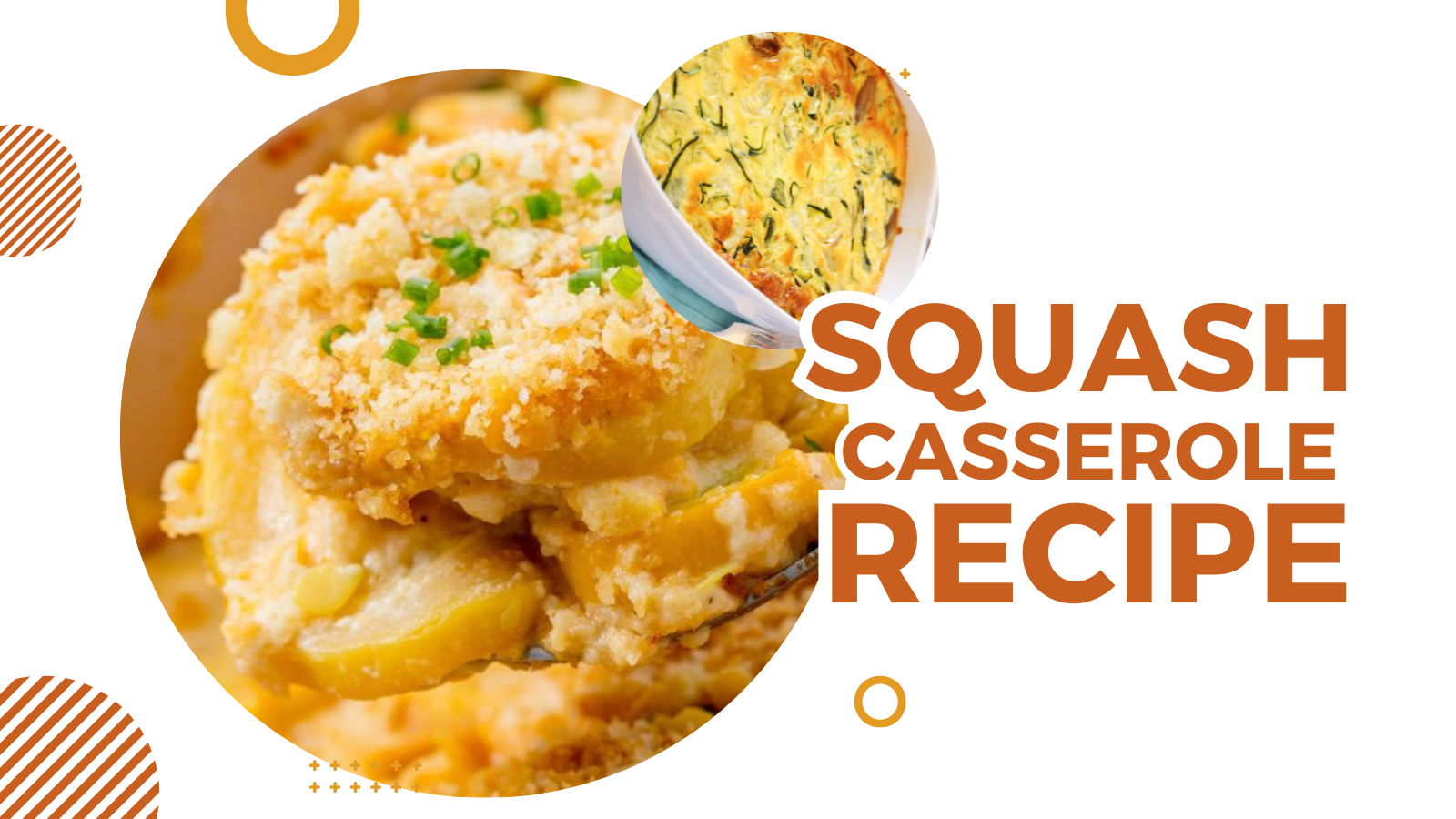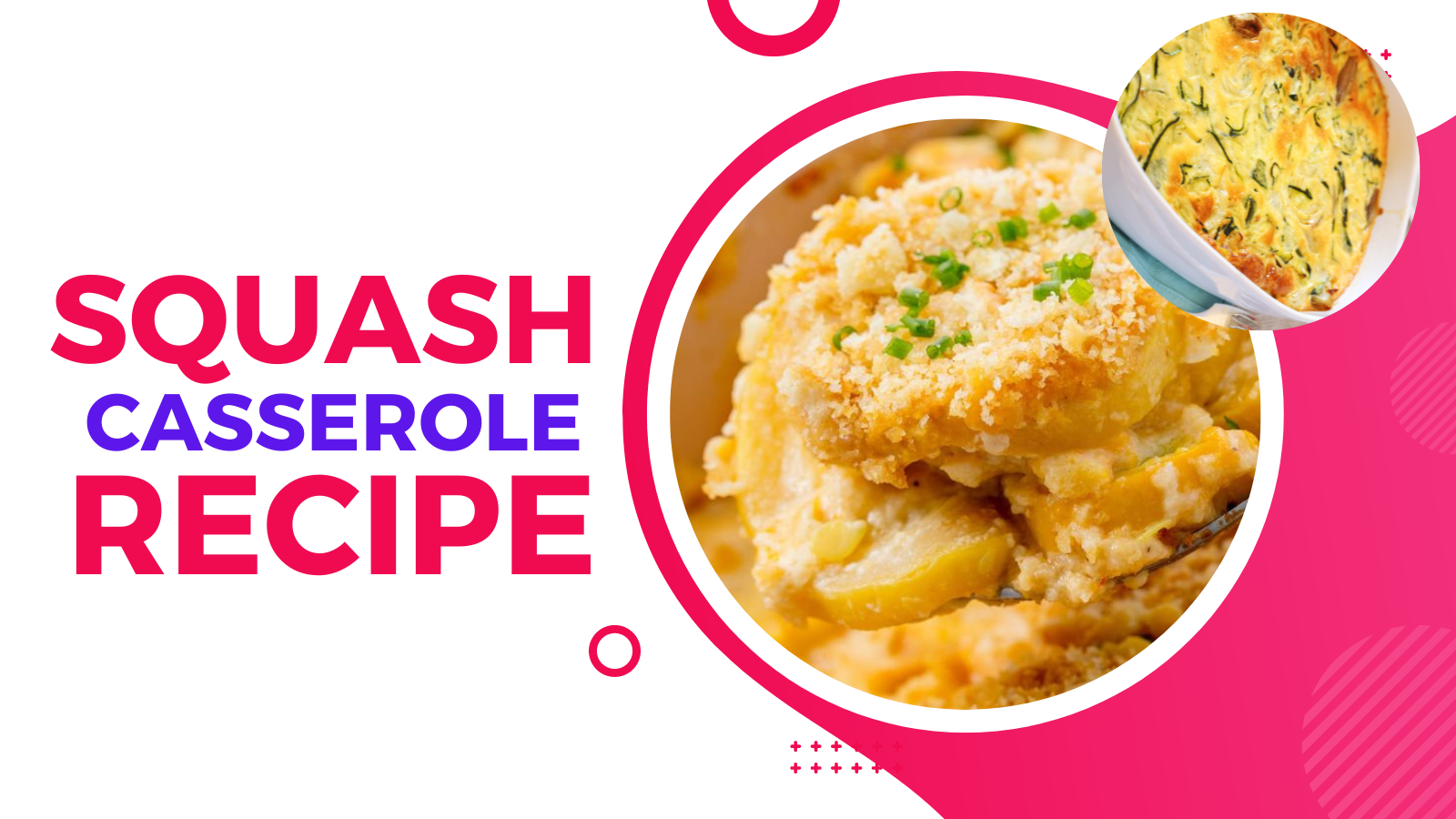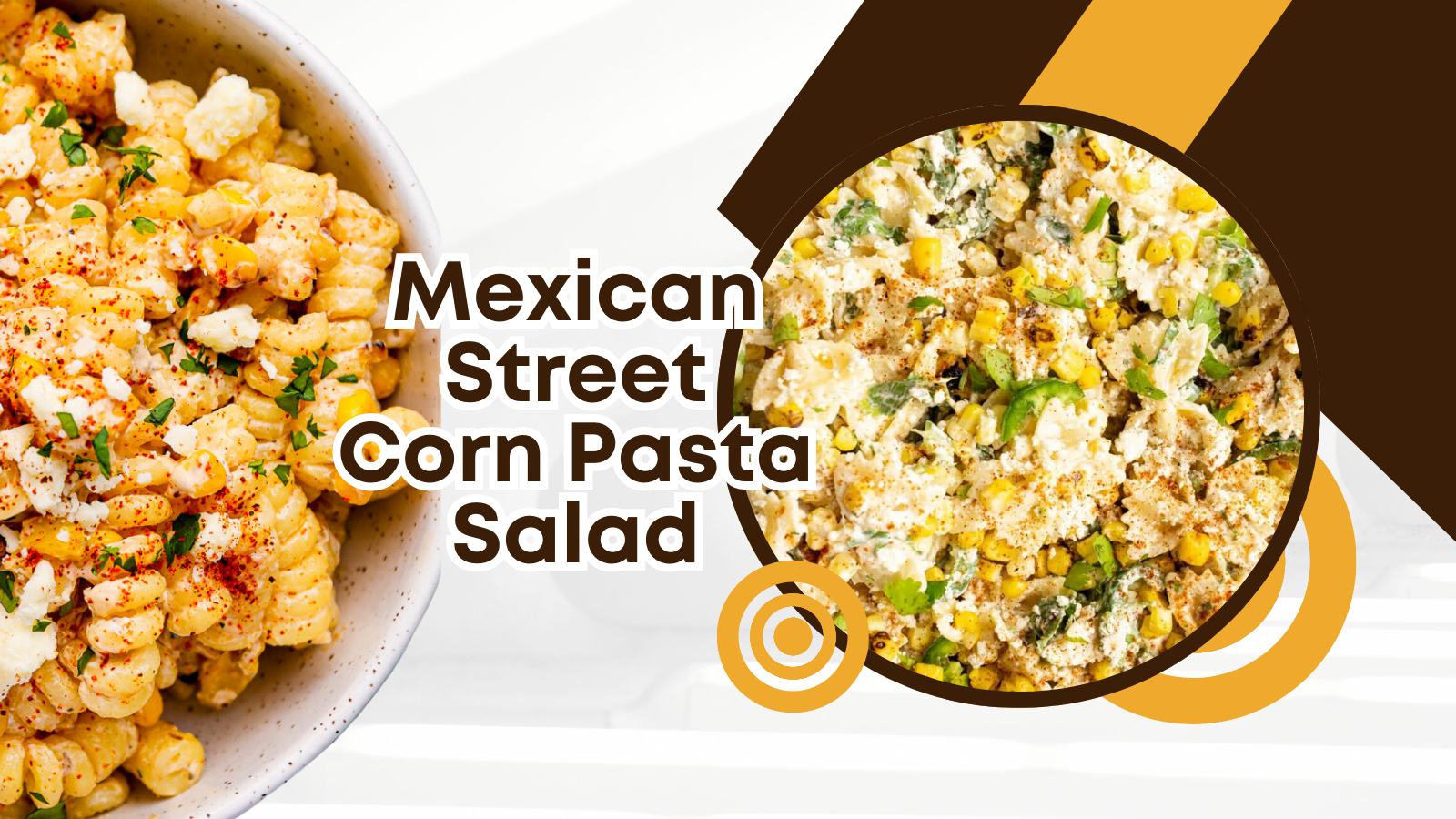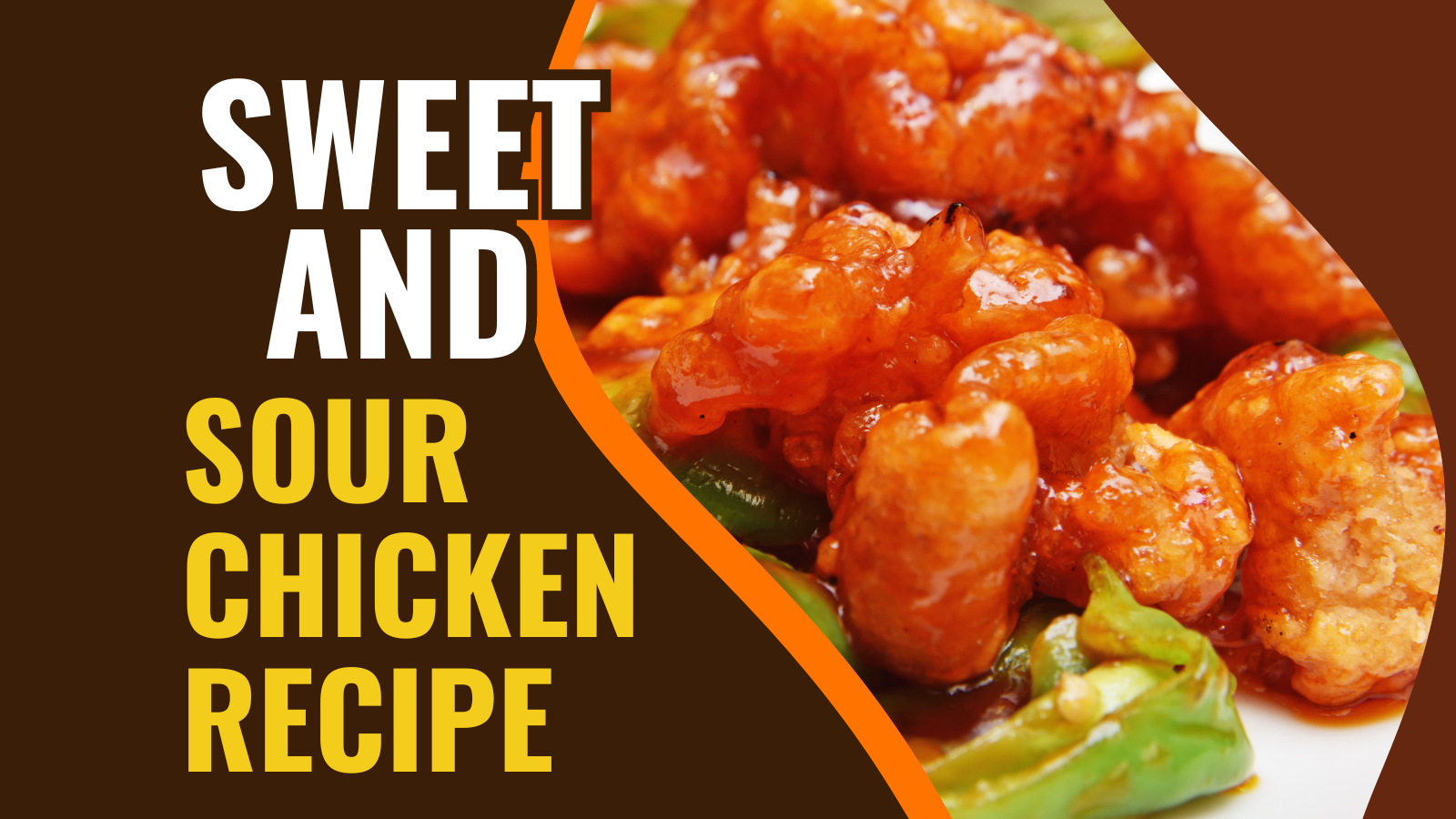There’s nothing quite like a warm, comforting squash casserole. This dish, beloved in many households, brings together the natural sweetness of squash with a medley of other flavors to create a culinary delight. Whether you’re a seasoned chef or a kitchen novice, squash casserole is a versatile dish that’s sure to impress. In this article, we’ll take you through everything you need to know about making the perfect squash casserole recipe, from selecting the right squash to serving up a dish that will have everyone coming back for seconds.
Squash Casserole
Squash casserole is a hearty dish that typically features sliced squash baked with a creamy, cheesy mixture. It’s often topped with breadcrumbs or crackers to add a delightful crunch. The dish can be made with various types of squash, including yellow squash, zucchini, and even butternut squash. It’s a staple in many Southern kitchens but has variations that are enjoyed worldwide.
Ingredients for Squash Casserole
To make a delicious squash casserole, you’ll need:
- 4-5 medium yellow squash or zucchini
- 1 large onion, finely chopped
- 1 cup shredded cheddar cheese
- 1/2 cup grated Parmesan cheese
- 1 cup sour cream
- 2 eggs, beaten
- 1 cup breadcrumbs or crushed crackers
- 2 tablespoons butter
- Salt and pepper to taste
Optional Ingredients for Variation:
- Garlic powder or fresh minced garlic
- Chopped fresh herbs (such as thyme or parsley)
- Crumbled bacon or sausage
- Red pepper flakes for a bit of heat
Why I Used Those Essential Ingredients
- Squash: The star of the dish.
- Onions: Adds flavor and sweetness.
- Cheese: Cheddar, mozzarella, or a blend for a creamy texture.
- Breadcrumbs: For a crunchy topping.
- Eggs: Binds the ingredients together.
- Butter: Adds richness and flavor.
Optional Ingredients for Variation
- Bell Peppers: For added color and flavor.
- Mushrooms: Adds an earthy taste.
- Tomatoes: Provides a tangy contrast.
- Herbs: Fresh parsley, thyme, or rosemary for extra flavor.
Tools and Equipment Needed
Before you start, gather the following tools:
- A sharp knife and cutting board
- Mixing bowls
- A large skillet
- A casserole dish
- A grater for cheese
- Measuring cups and spoons
- Aluminum foil
Why I Used Those Kitchen Tools for Preparation
- Chef’s Knife: For cutting and slicing vegetables.
- Cutting Board: A sturdy surface for chopping.
- Vegetable Peeler: To peel squash if necessary.
- Mixing Bowls: For combining ingredients.
- Colander: To drain excess water from the squash.
Baking Equipment
- Casserole Dish: An oven-safe dish to bake the casserole.
- Aluminum Foil: To cover the dish and prevent the top from burning.
- Oven Mitts: For safely handling hot dishes.
- Baking Sheet: To catch any drips or spills in the oven.
Preparing the Squash
Cleaning and Peeling the Squash
Rinse Thoroughly: Start by rinsing the squash under cold running water. This helps remove any dirt or debris on the skin. For tougher dirt, you can use a vegetable brush to scrub the surface gently.
Peeling the Squash: Depending on the type of squash you are using, peeling may or may not be necessary. Yellow squash and zucchini usually have tender skins that don’t require peeling. However, if you’re using butternut squash or another type with a tougher skin, you’ll need to peel it. Use a vegetable peeler or a sharp knife to remove the skin. Hold the squash firmly and peel in long, even strokes from top to bottom.
Cutting and Slicing Techniques
Cutting Off the Ends: Place the cleaned squash on a cutting board. Using a sharp knife, cut off both ends of the squash to create a stable base for slicing.
Halving the Squash: If the squash is large, it might be easier to cut it in half lengthwise before slicing. This step also allows you to remove any seeds. For smaller squash, you can skip this step.
Slicing: For uniform cooking, slice the squash into even pieces. You can choose to cut the squash into rounds or half-moons, depending on your preference and the recipe. Aim for slices that are about 1/4-inch thick to ensure they cook evenly.
Removing Seeds (if necessary): If you’re using a squash that contains seeds, such as butternut or acorn squash, use a spoon to scoop out the seeds and discard them. Once the seeds are removed, proceed with slicing the flesh as described above.
Uniform Slices: Ensure all slices are of similar thickness. This helps in even cooking, preventing some pieces from becoming mushy while others remain undercooked.
How to Make to Make Squash Casserole
Detailed Step-by-Step Instructions
Preheat Your Oven:
Set your oven to 350°F (175°C) to ensure it’s hot and ready when you need it.
Prepare the Squash:
Cleaning and Peeling: Rinse the squash under cold water. If using yellow squash or zucchini, peeling is optional. For butternut or acorn squash, use a vegetable peeler to remove the skin.
Slicing: Cut off the ends of the squash. Slice the squash into 1/4-inch thick rounds or half-moons for even cooking.
Cook the Squash:
In a large skillet, melt 2 tablespoons of butter over medium heat. Add the sliced squash and diced onions. Cook, stirring occasionally, until the squash is tender but not mushy, about 5-7 minutes. Season with salt and pepper to taste.
Drain the Squash:
Transfer the cooked squash and onions to a colander to drain excess moisture. Press gently with a paper towel to remove any additional water.
Prepare the Casserole Mixture:
In a large mixing bowl, combine 1 cup of shredded cheese (cheddar, mozzarella, or a blend), 1 cup of sour cream, and 2 beaten eggs. Mix well until all ingredients are fully incorporated.
Combine Ingredients:
Add the drained squash and onions to the mixture in the bowl. Stir gently to combine, ensuring the squash is evenly coated with the creamy mixture.
Prepare the Baking Dish:
Grease a 9×13-inch casserole dish with butter or cooking spray to prevent sticking.
Assemble the Casserole:
Pour the squash mixture into the prepared casserole dish, spreading it out evenly.
Add the Topping:
In a small bowl, mix 1 cup of breadcrumbs with 2 tablespoons of melted butter. Sprinkle this mixture evenly over the top of the casserole. For extra flavor, you can add a sprinkle of Parmesan cheese or fresh herbs like parsley or thyme.
Bake:
Cover the casserole dish with aluminum foil and bake in the preheated oven for 20 minutes. Remove the foil and bake for an additional 10-15 minutes, or until the topping is golden brown and crispy.
Cool and Serve:
Let the casserole cool for a few minutes before serving. This allows it to set and makes it easier to slice.
Tips for a Perfect Casserole
- Avoid Overcooking: Cook the squash until it’s just tender. Overcooked squash can become mushy and watery.
- Drain Thoroughly: Properly draining the squash after cooking is crucial to avoid a watery casserole.
- Fresh Ingredients: Use fresh, high-quality ingredients for the best flavor and texture.
- Even Slices: Cutting the squash into uniform slices ensures even cooking and a better texture.
- Experiment with Flavors: Don’t be afraid to add your favorite spices, herbs, or vegetables to customize the casserole to your taste.
Serving Suggestions
Ideal Side Dishes
Squash casserole pairs beautifully with a variety of side dishes:
- Green Salad: A fresh garden salad with a light vinaigrette complements the richness of the casserole.
- Grilled Vegetables: Simple grilled or roasted vegetables like asparagus, bell peppers, or green beans add a nice balance.
- Rice or Quinoa: Serve alongside steamed rice or quinoa to add a wholesome grain to your meal.
Presentation Tips
- Garnish with Fresh Herbs: Sprinkle freshly chopped parsley, thyme, or chives over the top before serving for a burst of color and flavor.
- Use a Decorative Casserole Dish: Present your casserole in a beautiful baking dish that can go straight from the oven to the table.
- Serve Individual Portions: For a fancier presentation, bake the casserole in individual ramekins.
Storing and Reheating
Proper Storage Techniques
- Refrigeration: Store leftover squash casserole in an airtight container. It will keep in the refrigerator for up to 3 days.
- Freezing: To freeze, wrap the casserole tightly in aluminum foil and place it in a freezer-safe container. It can be frozen for up to 3 months. Thaw in the refrigerator overnight before reheating.
Best Ways to Reheat Without Losing Flavor
- Oven Reheating: Preheat your oven to 350°F (175°C). Cover the casserole with aluminum foil to prevent the top from burning and heat for about 15-20 minutes, or until warmed through.
- Microwave: For quicker reheating, use the microwave. Place a portion on a microwave-safe plate and cover with a microwave-safe lid or another plate. Heat on medium power in 1-minute intervals until hot, checking to ensure it heats evenly.
- Avoid Overheating: To maintain the best texture and flavor, avoid overheating. Reheat just until the casserole is hot throughout.
Health Benefits of Squash
Nutritional Value of Squash
Squash is a powerhouse of nutrients, offering numerous health benefits in a low-calorie package. It’s rich in vitamins A, C, and E, which are essential for maintaining good vision, skin health, and immune function. Additionally, squash provides a good amount of dietary fiber, which aids in digestion and helps maintain a healthy weight. The minerals present, including potassium and magnesium, support heart health and muscle function.
Health Benefits of Consuming Squash Casserole
Eating squash casserole combines the nutritional benefits of squash with other healthy ingredients. The dish often includes a variety of vegetables, lean proteins, and sometimes whole grains, making it a well-rounded meal. Regular consumption can aid in:
- Improved Digestion: The fiber content in squash helps regulate the digestive system.
- Enhanced Immune Function: Vitamins A and C boost the immune system.
- Better Heart Health: Potassium in squash helps manage blood pressure levels.
Choosing the Right Squash
Selecting the right squash is crucial for a successful casserole. Here are some tips:
- Types of Squash: While yellow squash and zucchini are the most common, you can also experiment with butternut squash for a sweeter flavor.
- Freshness: Look for squash that is firm to the touch, with no soft spots or blemishes.
- Size: Smaller squash tends to be more tender and less watery, making them ideal for casseroles.
Different Types of Squash
There are many varieties of squash, each with unique flavors and textures:
- Yellow Squash: Mild flavor and tender texture, perfect for casseroles.
- Zucchini: Versatile and slightly sweet, commonly used in many dishes.
- Butternut Squash: Sweet, nutty flavor with a creamy texture.
- Acorn Squash: Slightly sweet with a firmer texture.
Best Squash for Casseroles
For casseroles, yellow squash and zucchini are excellent choices due to their tender flesh and mild flavors that blend well with other ingredients. Butternut squash can also be used for a sweeter, creamier casserole.
Tips for Selecting Fresh Squash
- Check the Skin: It should be firm and free of blemishes or soft spots.
- Weight: Fresh squash feels heavy for its size, indicating high water content.
- Color: Look for vibrant, consistent color without discoloration.
Variations of Squash Casserole
Low-Carb Version
For those looking to cut down on carbs, you can easily modify a squash casserole recipe:
- Substitute Breadcrumbs: Use crushed pork rinds or almond flour instead of traditional breadcrumbs for a crunchy topping that’s low in carbs.
- Creamy Base Alternatives: Replace sour cream and cream of chicken soup with full-fat Greek yogurt or a homemade cream sauce made with heavy cream and cheese.
- Avoid Starchy Additions: Skip ingredients like potatoes or flour-based thickeners.
Vegan Squash Casserole
Creating a vegan version of squash casserole is simple and delicious:
- Dairy Substitutes: Use dairy-free cheese, such as those made from almond or cashew, and substitute sour cream with vegan yogurt or cashew cream.
- Egg Replacement: Use a flaxseed egg substitute (1 tablespoon ground flaxseed mixed with 2.5 tablespoons water) to replace the binding effect of eggs.
- Rich Flavors: Add nutritional yeast for a cheesy flavor and use vegetable broth in place of any meat-based broths.
Adding Protein Like Chicken or Sausage
Enhancing your squash casserole with protein can turn it into a hearty main dish:
- Cooked Chicken: Add shredded or cubed cooked chicken breast. Rotisserie chicken is a convenient option.
- Sausage: Use cooked and crumbled sausage (pork, turkey, or plant-based) to add a savory, spiced flavor.
- Ground Beef: For a different twist, cooked ground beef or turkey can be mixed in.
Conclusion: Recap of Key Points
Squash casserole is a versatile and comforting dish that can be tailored to suit various dietary preferences and tastes.
Here’s a quick recap of what we covered:
Understanding Squash Casserole: We explored the basics, history, and nutritional benefits of squash casserole.
Choosing the Right Squash: Tips on selecting the best squash varieties and ensuring they are fresh.
Ingredients and Preparation: Essential ingredients, tools, and techniques for preparing squash for the casserole.
Step-by-Step Cooking Instructions: A detailed guide to making the perfect squash casserole, including common mistakes to avoid.
Variations: How to make low-carb, vegan, and protein-enhanced versions of the dish.
Serving Suggestions: Ideal side dishes and presentation tips to enhance your meal.
Storing and Reheating: Proper storage methods and best practices for reheating to maintain flavor and texture.
Thanks for reading. I hope you enjoy this recipe.



